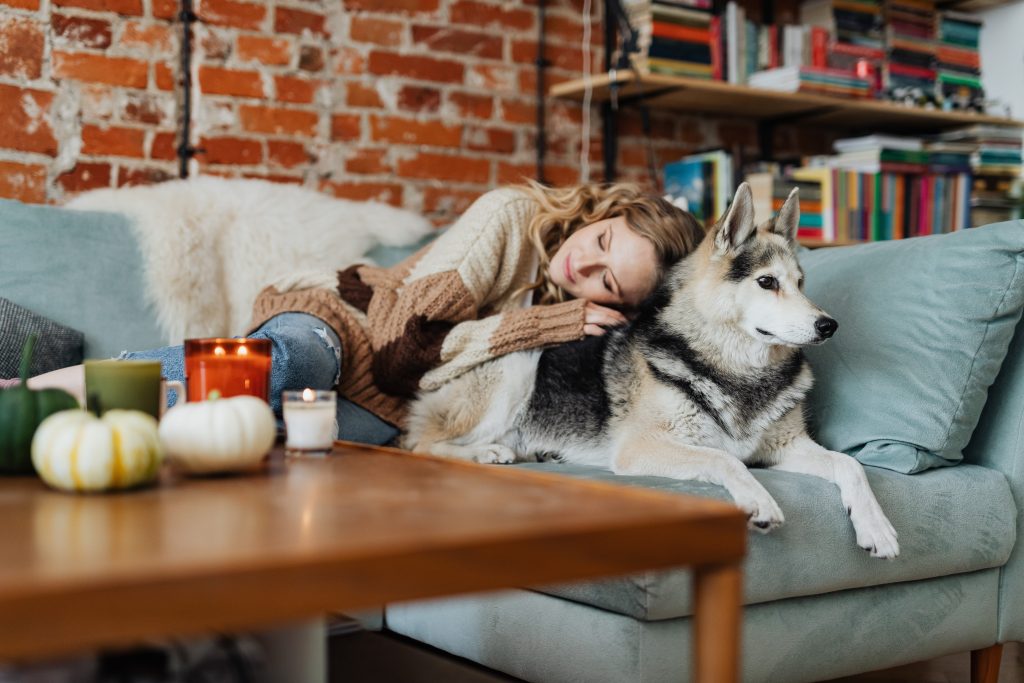What Dogs Hate: Understanding Canine Dislikes
Dogs, celebrated for their loyalty, affection, and playful demeanor, bear similarities to humans in possessing unique preferences and dislikes. Addressing the question, “What are 10 things dogs hate?” becomes crucial in cultivating a happy and stress-free environment for your furry friend. This article aims to unravel the canine psyche by delving into ten common dislikes among dogs. Additionally, practical strategies will be discussed to empower pet owners in effectively addressing these canine concerns.

I. Introduction: What Dogs Hate
What are 10 things dogs hate? Welcoming a dog into your home carries the responsibility of tending to their needs and understanding their unique preferences. Dogs, creatures of habit, might develop strong aversions to certain situations or stimuli. By recognizing and addressing these dislikes, you can strengthen the bond with your canine companion and ensure their overall well-being.
II. The Noise Factor
Dogs have sensitive hearing, and loud noises can be distressing for them. Common sources of noise, such as thunderstorms, fireworks, or construction sounds, can cause anxiety and fear in dogs. To minimize the impact of noise on your dog’s behavior, create a safe and quiet space during noisy events. Consider using calming music or white noise machines to drown out disturbing sounds.
III. Bath Time Woes
Bath time is a notorious source of discomfort for many dogs. The sound of running water, the unfamiliar environment, and the sensation of being wet can make bath time a dreaded experience. To make baths more enjoyable, introduce positive reinforcement by offering treats and praise. Use dog-friendly shampoos with pleasant scents to create a more soothing atmosphere.
IV. Unwanted Grooming Sessions
Grooming activities, such as brushing and nail trimming, can be uncomfortable for dogs. Sensitivity to touch and unfamiliar sensations can lead to stress during grooming sessions. To make grooming a positive experience, gradually introduce your dog to grooming tools and activities. Reward them with treats and affection to create a positive association with these necessary tasks.
V. Hates Being Left Alone
Dogs are social animals, and being left alone for extended periods can trigger separation anxiety. To alleviate this anxiety, gradually accustom your dog to alone time by starting with short intervals and gradually increasing them. Provide engaging toys or puzzle feeders to keep your dog occupied while you’re away.
VI. Unpleasant Vet Visits
Visiting the veterinarian can be a source of fear and anxiety for dogs. The unfamiliar smells, sounds, and experiences can be overwhelming. To make vet visits less stressful, acclimate your dog to the veterinary environment by taking them for short, positive visits. Use treats and positive reinforcement during and after the visit to create positive associations.
VII. Uncomfortable Costumes
While dressing up your dog might seem fun, many dogs dislike wearing costumes. The restrictive nature of clothing can make them anxious or uncomfortable. If you want to express your dog’s style, consider alternatives like bandanas or accessories that are less restrictive.

VIII. Forced Interactions with Strangers
Dogs may feel uncomfortable around unfamiliar people, especially if the interactions are forced or overwhelming. Encourage positive interactions by allowing your dog to approach new people at their own pace. Provide treats to create positive associations with new acquaintances.
IX. Dislike for Certain Foods
Just like humans, dogs have preferences when it comes to food. Pay attention to your dog’s reactions to different foods and identify any dislikes or allergies. Ensure a balanced and enjoyable diet by offering a variety of high-quality dog foods and treats.
X. Disdain for Nail Trimming
Nail trimming is a necessary but often disliked grooming task for dogs. To make this experience more pleasant, introduce your dog to nail trimming gradually. Use positive reinforcement, such as treats and praise, to reward calm behavior during nail trimming sessions.
XI. Repellent Odors
Dogs have a keen sense of smell, and certain odors can be repulsive to them. Be mindful of the scents in your dog’s environment, avoiding strong or irritating smells. Creating a clean and pleasant-smelling space can contribute to your dog’s well-being.
XII. Unwanted Attention
While dogs enjoy affection, excessive attention can be overwhelming for them. Pay attention to your dog’s body language and cues, and respect their need for personal space. Strike a balance between showing affection and allowing your dog moments of solitude.
XIII. Environmental Changes
Dogs may resist sudden changes in their surroundings. Whether it’s a new home, furniture arrangement, or addition to the family, introduce changes gradually to help your dog adapt. Provide familiar items and positive reinforcement to ease the transition.
XIV. Allergic Reactions
Some dogs may develop allergies to certain foods, environmental factors, or grooming products. Monitor your dog for signs of allergies, such as itching, redness, or digestive issues. Consult with your veterinarian to identify and manage potential allergic triggers.
XV. Fear of Thunderstorms
Many dogs fear thunderstorms due to the loud noises and atmospheric changes. Create a safe space for your dog during storms, such as a cozy den or a designated area with familiar items. Consider using calming aids, like anxiety wraps or pheromone diffusers, to help alleviate your dog’s anxiety.
Conclusion
Understanding and addressing the dislikes of your furry friend is key to building a strong and trusting relationship. By being attentive to their needs and providing positive experiences, you can ensure a happy and fulfilling life for your canine companion.




Leave a comment